Nature is full of marvels, and among its most awe-inspiring features is the astonishing lifespan of some of its creatures. From the depths of the ocean to the heart of lush forests, certain animals defy our expectations with their remarkable longevity. This article explores the top 10 longest living animals, showcasing the extraordinary survival strategies that allow them to outlive their peers and thrive for centuries. Let’s dive into the world of these incredible life forms and discover what makes them truly exceptional.
Also, check out Top 11 Most Intelligent Animals in the World.
Longest Living Animals:
Discovering the longest living animals offers a glimpse into nature’s extraordinary ability to sustain life well beyond typical expectations. We’ve included humans in this list to provide a comparison of human lifespan against these exceptionally Longest Living Animals.
Humans (Homo sapiens)
Humans have an average lifespan of 70 to 90 years, influenced by advances in healthcare, lifestyle, and genetics. Human longevity continues to improve with medical and technological advancements.

- Scientific Name: Homo sapiens
- Family Name: Hominidae
- Type: Mammal
- Habitat: Worldwide
- Shortest Lifespan: 50 years (historical average)
- Average Lifespan: 70–90 years
- Longest Lifespan Recorded: 122 years
Case Study: Research into human longevity focuses on factors like genetics, lifestyle choices, and healthcare improvements. Studies of centenarians help us understand the keys to extending human lifespan and enhancing quality of life.
10. Macaw (Ara species)
Macaws, known for their vibrant colors and intelligence, can live between 60 to 80 years. Their extended lifespan is supported by their diet, social structures, and conservation programs.
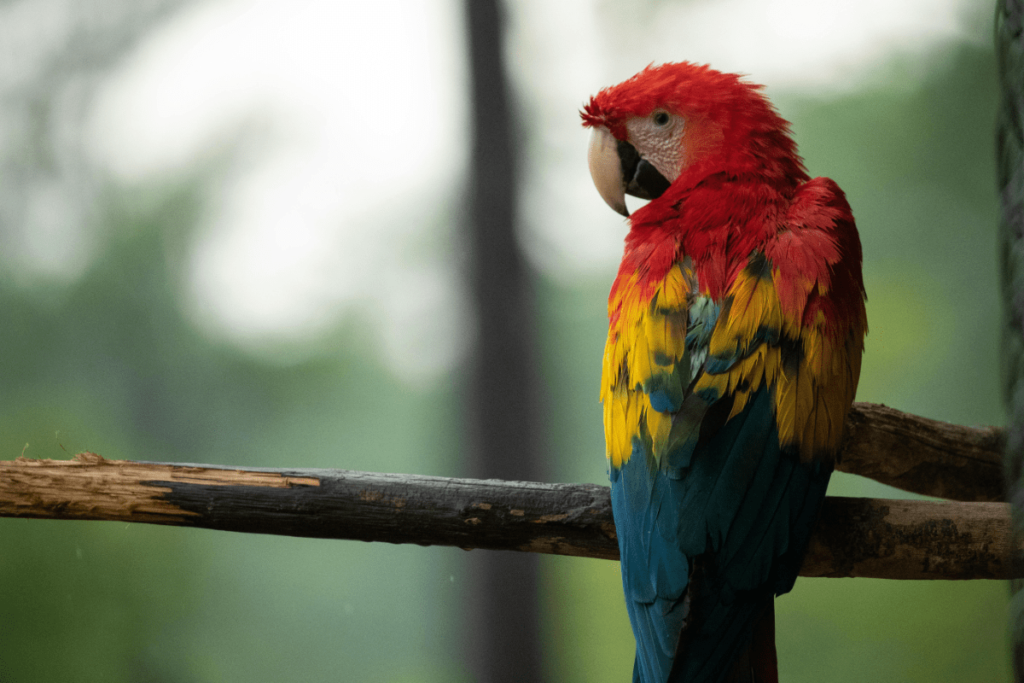
- Scientific Name: Various species within the genus Ara
- Family Name: Psittacidae
- Type: Bird
- Habitat: Central and South America
- Shortest Lifespan: 40 years (in captivity)
- Average Lifespan: 60–80 years
- Longest Lifespan Recorded: 82 years
Case Study: Studies of Macaws reveal that their diet and social interactions contribute to their longevity. Conservation efforts have played a crucial role in extending their lifespan by providing optimal living conditions.
9. African Elephant (Loxodonta africana)
The African Elephant is one of the longest-living land mammals, with a lifespan ranging from 60 to 70 years. Their longevity is supported by complex social structures and conservation efforts.
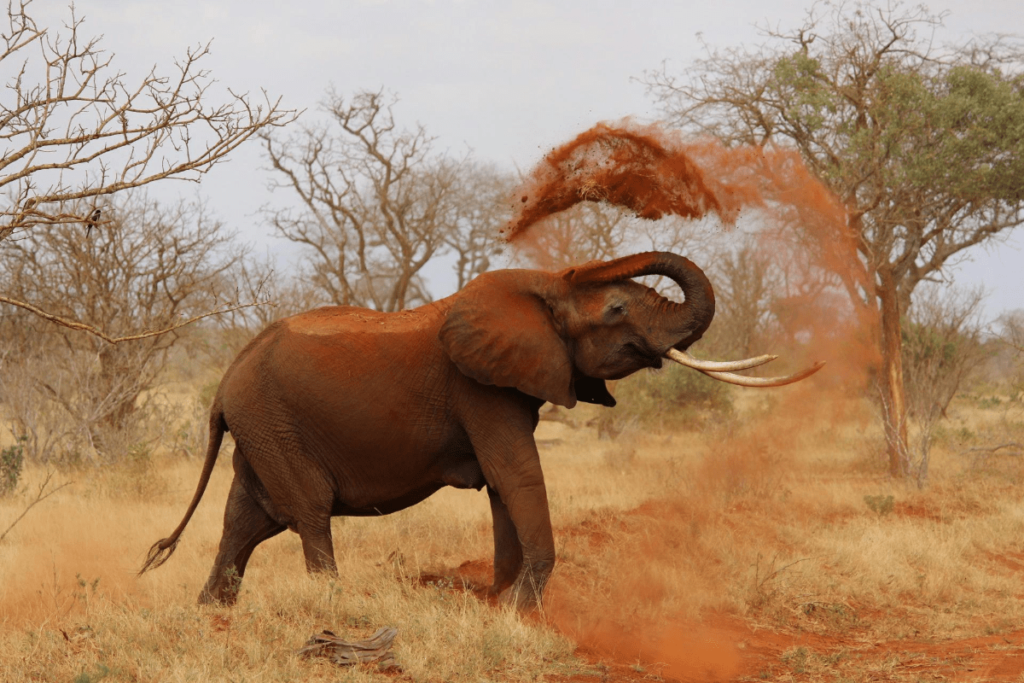
- Scientific Name: Loxodonta africana
- Family Name: Elephantidae
- Type: Mammal
- Habitat: African Savannahs and Forests
- Shortest Lifespan: 50 years
- Average Lifespan: 60–70 years
- Longest Lifespan Recorded: 70 years
Case Study: African Elephants’ long lifespan is linked to their social behaviors and conservation efforts aimed at protecting their habitats. Research on their life stages and social structures provides insight into their longevity.
8. Tuataras (Sphenodon punctatus)
The Tuataras, native to New Zealand, can live over 100 years. This reptile’s longevity is attributed to its slow metabolism and unique evolutionary traits. Conservation efforts are crucial in protecting Tuataras and ensuring their survival.
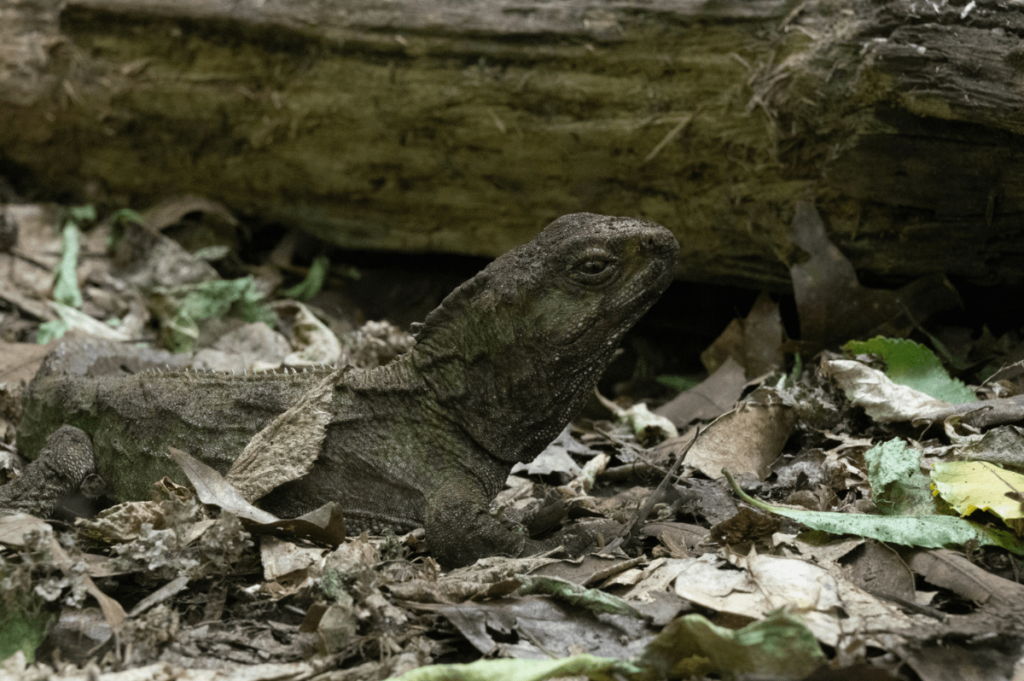
- Scientific Name: Sphenodon punctatus
- Family Name: Sphenodontidae
- Type: Reptile
- Habitat: New Zealand
- Shortest Lifespan: 50 years
- Average Lifespan: 70–100 years
- Longest Lifespan Recorded: Over 100 years
Case Study: Studies in captivity and the wild reveal that Tuataras’ longevity is influenced by their low reproductive rate and environmental stability. Their long life provides valuable insights into reptilian biology and conservation.
7. Red Sea Urchin (Strongylocentrotus franciscanus)
The Red Sea Urchin stands out with its impressive lifespan of up to 200 years. This marine invertebrate inhabits the Pacific Ocean, where it benefits from a slow growth rate and stable environmental conditions. As one of the longest living animals, the Red Sea Urchin exemplifies the longevity potential of marine species.
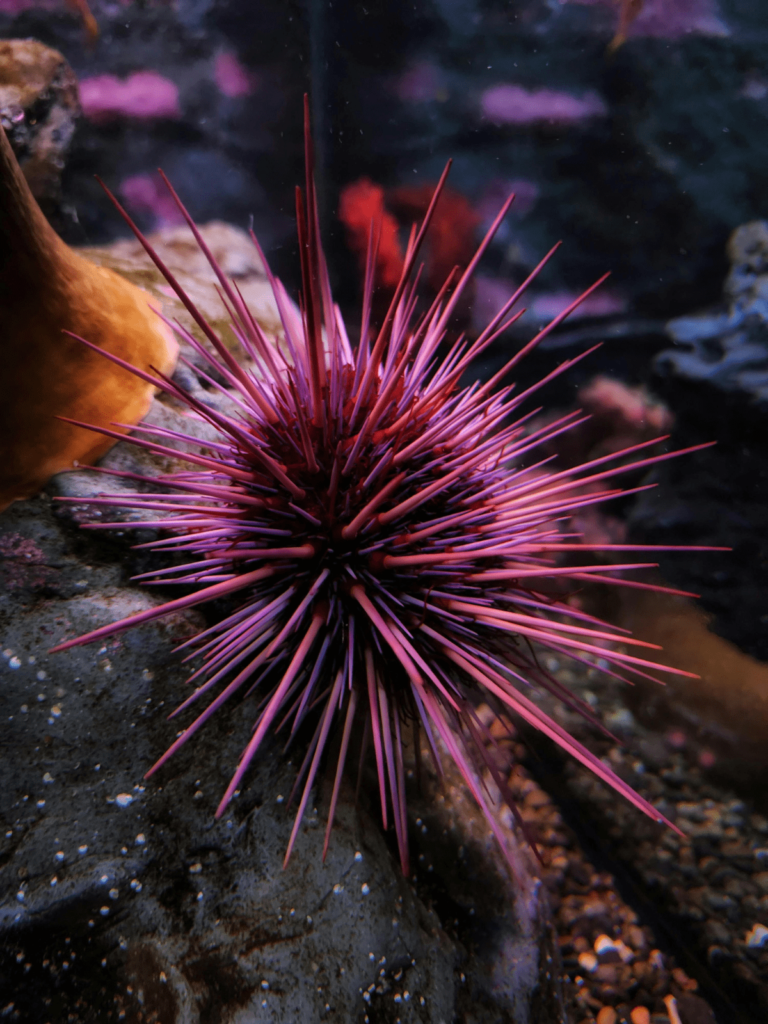
- Scientific Name: Strongylocentrotus franciscanus
- Family Name: Strongylocentrotidae
- Type: Marine Invertebrate
- Habitat: Pacific Ocean
- Shortest Lifespan: 70 years
- Average Lifespan: 100–150 years
- Longest Lifespan Recorded: Up to 200 years
Case Study: Researchers studying Red Sea Urchins have observed their slow metabolic rate and resistance to environmental changes. Their longevity is closely linked to their stable habitat, which minimizes risks from predators and disease.
6. Aldabra Giant Tortoise (Aldabrachelys gigantea)
The Aldabra Giant Tortoise can live for up to 150 years. Inhabiting the Aldabra Atoll in the Seychelles, this tortoise benefits from a climate that supports its slow pace of life.
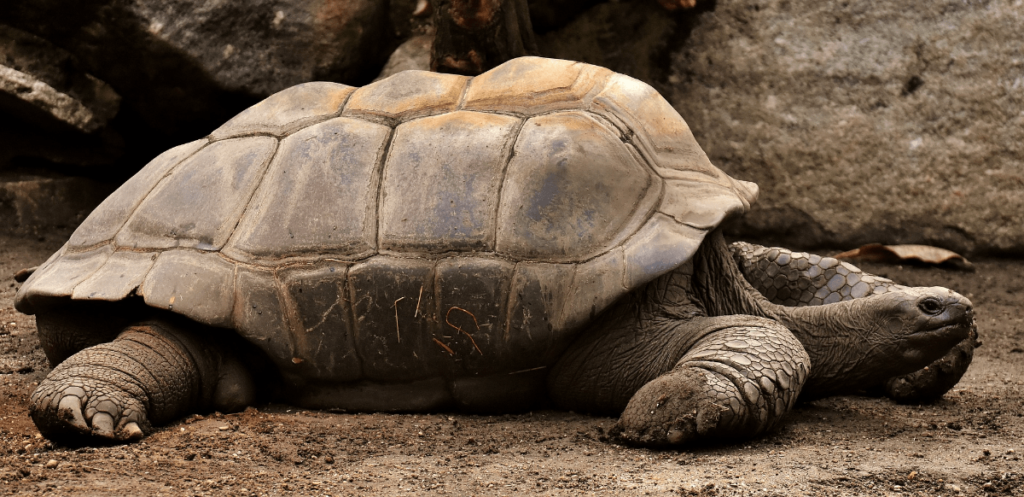
- Scientific Name: Aldabrachelys gigantea
- Family Name: Testudinidae
- Type: Reptile
- Habitat: Aldabra Atoll, Seychelles
- Shortest Lifespan: 80 years
- Average Lifespan: 100–150 years
- Longest Lifespan Recorded: 150 years
Case Study: Conservation efforts on Aldabra Atoll focus on maintaining the tortoise population and studying their longevity. Their long life is linked to their slow metabolism and relatively predator-free environment.
5. Galápagos Tortoise (Chelonoidis nigra)
The Galápagos Tortoise can live over 177 years. Native to the Galápagos Islands, these tortoises benefit from their slow metabolic rate, herbivorous diet, and a relatively predator-free environment.
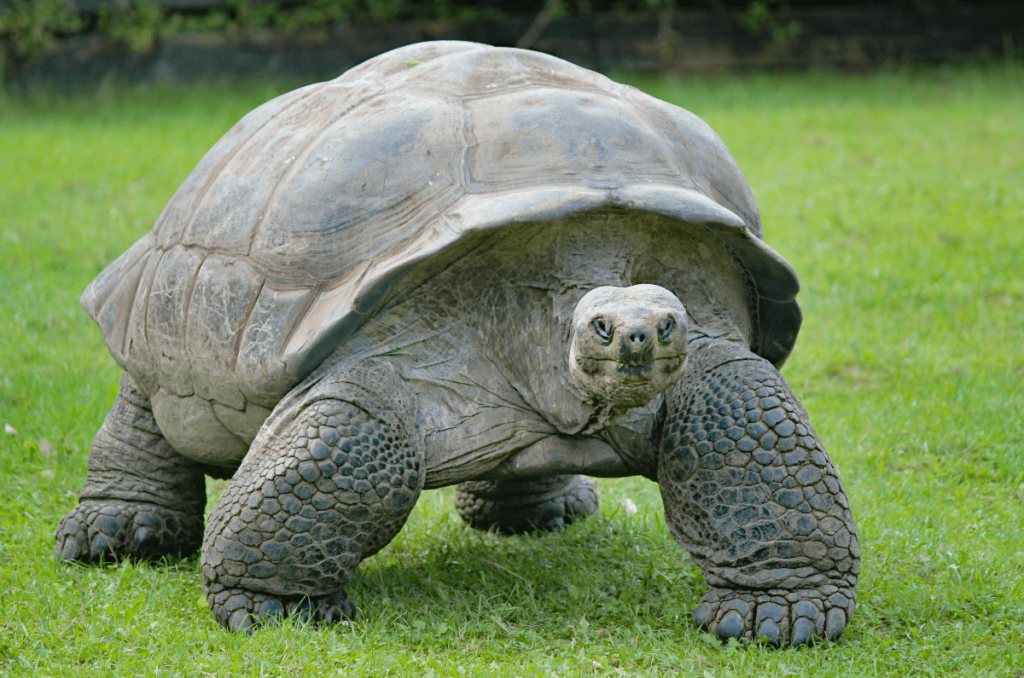
- Scientific Name: Chelonoidis nigra
- Family Name: Testudinidae
- Type: Reptile
- Habitat: Galápagos Islands
- Shortest Lifespan: 50 years
- Average Lifespan: 100–177 years
- Longest Lifespan Recorded: Over 177 years
Case Study: Research on Galápagos Tortoises emphasizes their unique island environment and diet. Their longevity is supported by their adaptation to the Galápagos Islands and ongoing conservation efforts.
4. Koi Fish (Cyprinus carpio)
Koi Fish are celebrated for their vibrant colors and impressive lifespan, which can exceed 200 years. Their longevity is enhanced by selective breeding and optimal pond conditions. The animal with longest life, such as the Koi fish, illustrates how selective breeding and proper care can lead to extraordinary lifespans exceeding 200 years.
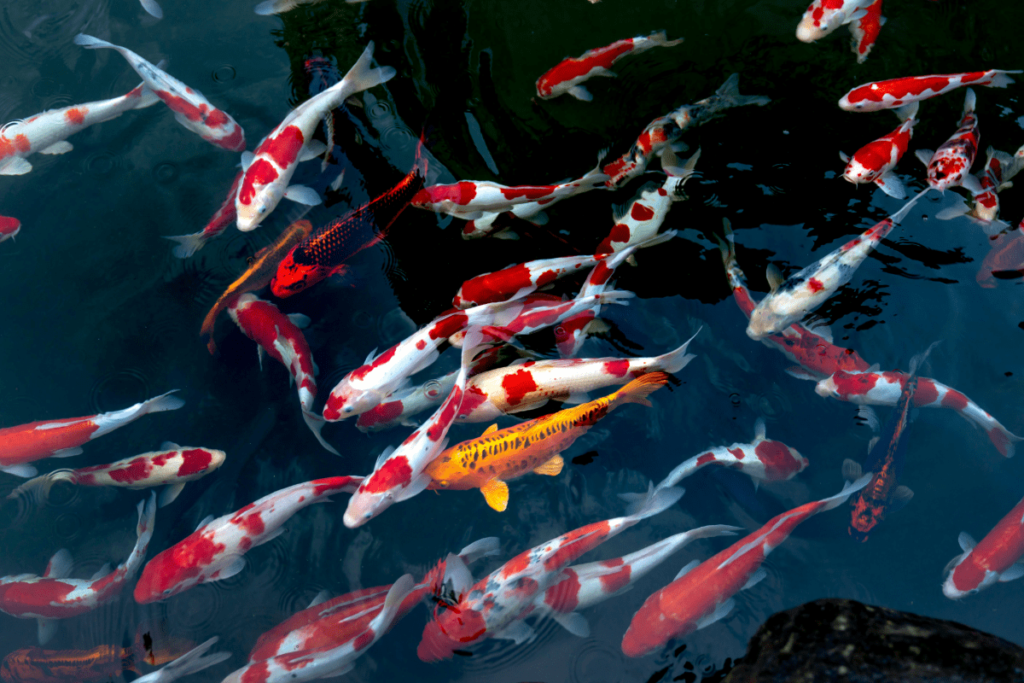
- Scientific Name: Cyprinus carpio
- Family Name: Cyprinidae
- Type: Freshwater Fish
- Habitat: Ponds and Water Gardens
- Shortest Lifespan: 30 years
- Average Lifespan: 50–75 years
- Longest Lifespan Recorded: Up to 200 years
Case Study: Koi Fish longevity is studied in ornamental ponds where they are provided with ideal conditions. Their extended lifespan highlights the impact of human care and selective breeding.
3. Bowhead Whale (Balaena mysticetus)
Among the longest living animals, the Bowhead whale is notable for its potential lifespan of over 200 years, making it one of the most enduring marine mammals. The Bowhead Whale is celebrated for its extraordinary longevity, living over 200 years. Found in the icy waters of the Arctic, this massive mammal has evolved remarkable adaptations to endure extreme cold.
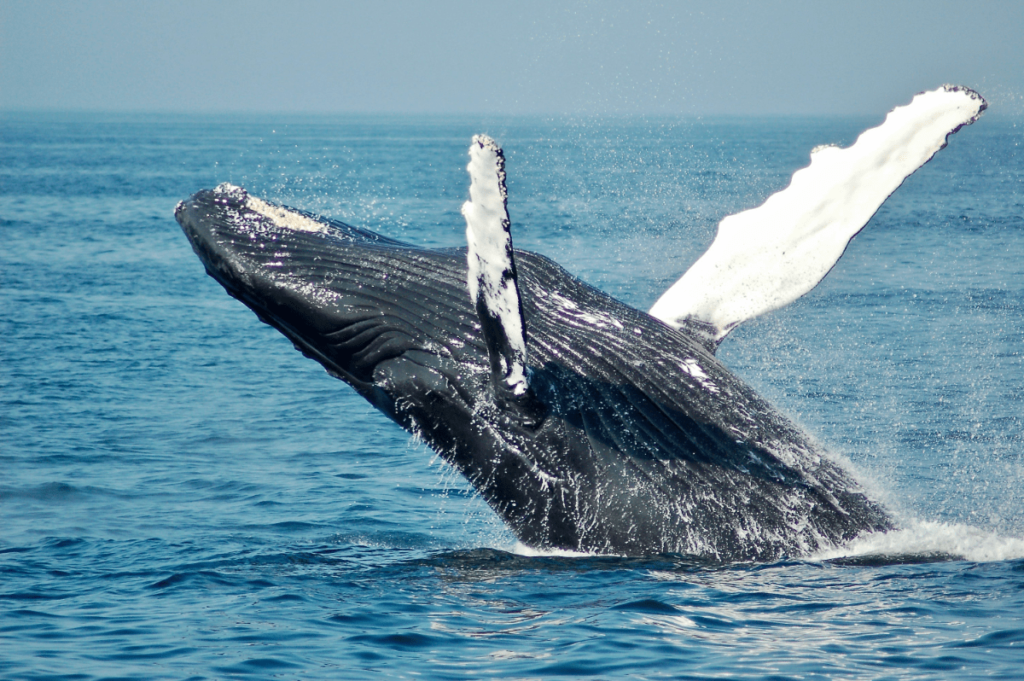
- Scientific Name: Balaena mysticetus
- Family Name: Balaenidae
- Type: Baleen Whale
- Habitat: Arctic and Sub-Arctic Waters
- Shortest Lifespan: 100 years
- Average Lifespan: 150–200 years
- Longest Lifespan Recorded: Over 200 years
Case Study: Bowhead Whales are studied for their adaptations to cold environments and their extended lifespans. Their longevity is attributed to their slow metabolism, low predation risk, and ability to endure harsh Arctic conditions.
2. Greenland Shark (Somniosus microcephalus)
The Greenland Shark is renowned for its longevity, living up to 300 years. This shark’s slow growth rate and extremely low metabolic rate contribute to its impressive lifespan.

- Scientific Name: Somniosus microcephalus
- Family Name: Somniosidae
- Type: Cartilaginous Fish
- Habitat: Arctic and North Atlantic Oceans
- Shortest Lifespan: 150 years
- Average Lifespan: 200–250 years
- Longest Lifespan Recorded: Up to 300 years
Case Study: Research on Greenland Sharks involves radiocarbon dating to estimate their age. Their longevity is attributed to their slow metabolism and cold, stable Arctic environment.
1. Turritopsis dohrnii (Immortal Jellyfish)
Among the longest living animals are certain species of jellyfish, which possess unique biological traits allowing them to potentially live indefinitely. The Immortal Jellyfish, or Turritopsis dohrnii, is known for its unique ability to revert to its juvenile form after reaching maturity, potentially granting it an indefinite lifespan. This fascinating life cycle makes it one of the most remarkable organisms in terms of longevity.
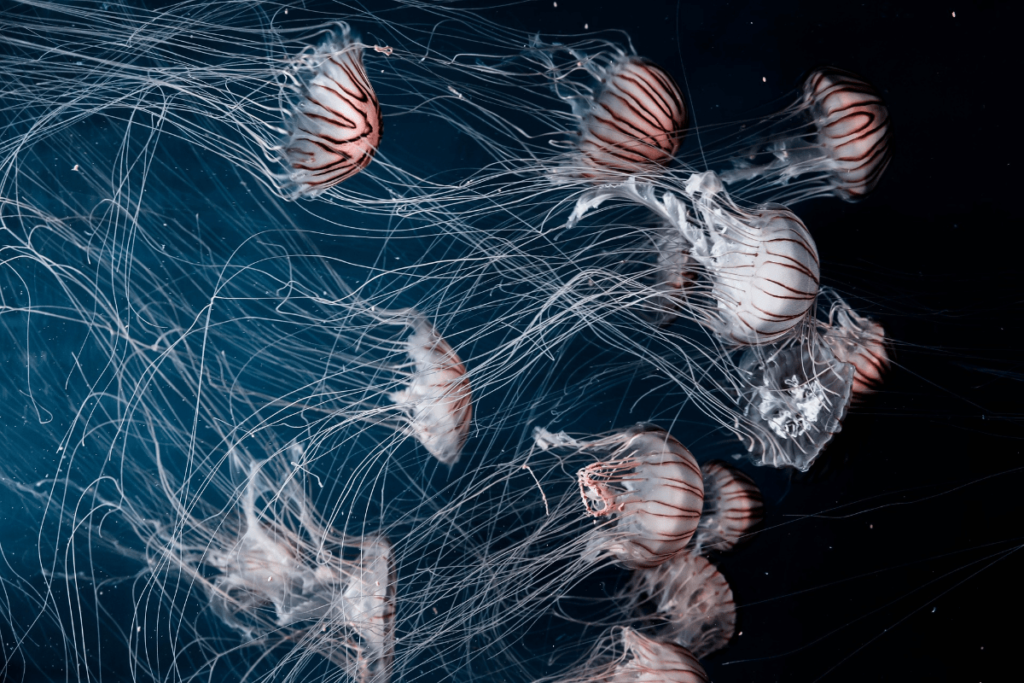
- Scientific Name: Turritopsis dohrnii
- Family Name: Olindidae
- Type: Cnidarian
- Habitat: Oceans worldwide
- Shortest Lifespan: Variable
- Average Lifespan: Potentially indefinite
- Longest Lifespan Recorded: Indefinite
Case Study: The Immortal Jellyfish’s unique ability to revert to an earlier life stage presents intriguing possibilities for studying biological immortality. Research focuses on its regenerative capabilities and the implications for understanding aging and longevity. When considering the longest living animal, the Turritopsis dohrnii, or Immortal Jellyfish, stands out for its ability to revert to its juvenile form and potentially avoid death.
Summary of Longest Living Animals:
| Rank | Animal | Scientific Name | Family Name | Type | Habitat | Shortest Lifespan | Average Lifespan | Longest Lifespan Recorded |
|---|---|---|---|---|---|---|---|---|
| 11 | Humans | Homo sapiens | Hominidae | Mammal | Worldwide | 50 years | 70–90 years | 122 years |
| 10 | Macaw | Various (Ara species) | Psittacidae | Bird | Central and South America | 40 years | 60–80 years | 82 years |
| 9 | African Elephant | Loxodonta africana | Elephantidae | Mammal | African Savannahs and Forests | 50 years | 60–70 years | 70 years |
| 8 | Tuataras | Sphenodon punctatus | Sphenodontidae | Reptile | New Zealand | 50 years | 70–100 years | Over 100 years |
| 7 | Red Sea Urchin | Strongylocentrotus franciscanus | Strongylocentrotidae | Marine Invertebrate | Pacific Ocean | 70 years | 100–150 years | Up to 200 years |
| 6 | Aldabra Giant Tortoise | Aldabrachelys gigantea | Testudinidae | Reptile | Aldabra Atoll, Seychelles | 80 years | 100–150 years | 150 years |
| 5 | Galápagos Tortoise | Chelonoidis nigra | Testudinidae | Reptile | Galápagos Islands | 50 years | 100–177 years | Over 177 years |
| 4 | Koi Fish | Cyprinus carpio | Cyprinidae | Freshwater Fish | Ponds and Water Gardens | 30 years | 50–75 years | Up to 200 years |
| 3 | Bowhead Whale | Balaena mysticetus | Balaenidae | Baleen Whale | Arctic and Sub-Arctic Waters | 100 years | 150–200 years | Over 200 years |
| 2 | Greenland Shark | Somniosus microcephalus | Somniosidae | Cartilaginous Fish | Arctic and North Atlantic Oceans | 150 years | 200–250 years | Up to 300 years |
| 1 | Turritopsis dohrnii (Immortal Jellyfish) | Turritopsis dohrnii | Olindidae | Cnidarian | Oceans worldwide | Variable | Potentially indefinite | Indefinite |
Conclusion
As we learn more about the longest living animals, we gain a deeper appreciation for the intricate balance between genetics, environment, and longevity. From the depths of the ocean to remote islands, these creatures have evolved unique adaptations to ensure their survival across centuries.
Animals with longest lifespan such as the Galápagos tortoise and the Aldabra giant tortoise demonstrate how slow growth and low predation contribute to their extended lifetimes. The longest lifespan animal in the marine world is the Bowhead whale, with a lifespan that can exceed 200 years, showcasing its evolutionary adaptations to cold environments.
By understanding the factors that contribute to their long lives, we gain insight into the broader principles of longevity and conservation. Share your thoughts and experiences with these remarkable animals in the comments below!




